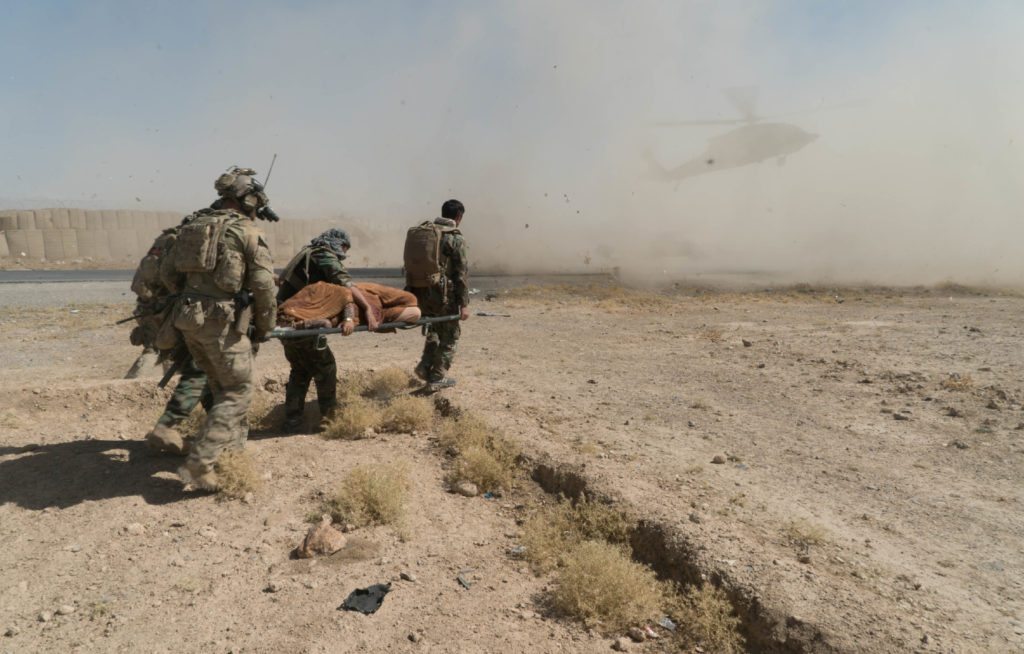The United States faces a “shit sandwich” of choices in Afghanistan. It can live up to its commitment in the U.S.-Taliban deal and depart on May 1, even though it’s unprepared for the likely consequences of Afghan political fragmentation and intensified, escalated civil war. Or it can stay, hoping to bolster the Afghan government to break Taliban resolve or compel it to submit to a genuine negotiated peace compromise. The downside to this approach is that it’s effectively a version of the same, costly strategy the United States has been pursuing with almost no success in Afghanistan for over two decades. The debate over staying or leaving tends to fixate on the Afghan political process. Instead, it should focus on developing a coherent risk-management strategy.
Regardless of which political route President Joe Biden chooses, violence will likely increase after May 1 and a stable Afghan political equilibrium will remain a dim and doubtful prospect. As the United States gives negotiated resolution another try, it would do well to invest in a Plan B portfolio of diplomatic and military tools that sustainably manage its interests amidst likely political instability and resumed conflict.
The Biden administration should develop an exit strategy in Afghanistan, even as it pursues peace. Creating a coherent set of diplomatic and military measures would depart from the previous administration’s approach, which involved a race for the exits without a strategy. Perhaps most importantly, it should embrace an offshore counter-terrorism posture to cost-effectively manage the risk of Afghanistan’s unstable future. While this posture would have costs and risks of its own, it is a better and more economical counter-terrorism strategy than continuing to deploy young Americans to a perpetually embattled Afghanistan. In addition, such visible preparations would also make America’s threat to leave more credible. This approach might compel Kabul to negotiate earnestly in the coming months and incentivize the Taliban to delay its spring offensive.
Read the full article in War On The Rocks.




